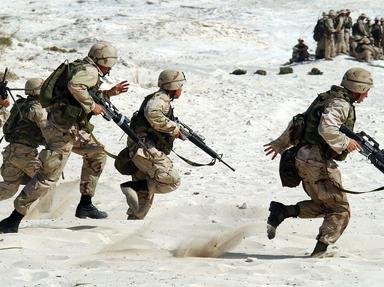Quiz Answer Key and Fun Facts
1. Which act of the U.S. Congress in 1820, really set the stage for what would become a Border War between Kansas and Missouri?
2. In 1854 two more territories were created by a Congressional Act. It was decided that the two territories would decide by popular sovereignty whether or not the institution of slavery would be allowed. What was the name of the Act?
3. A Congressional Act in 1854 set the stage for a Border War between Kansas and Missouri. What was the Border War also commonly called?
4. As the Border War became more heated, both groups attempted to settle the new territories. Which of the following groups sent anti-slavery settlers west?
5. Which of the following Kansas towns was considered to be a stronghold of anti-slavery settlers? It was famously raided and sacked twice during the Border War.
6. Many pro-slavery settlers from Missouri poured into Kansas from 1854-1860, in an attempt sway the popular sovereignty vote. What were these settlers commonly called?
7. Which guerilla group, perhaps the best-known Confederate partisan group during the Civil War, was responsible for frequent attacks in Kansas during the Border War?
8. What name was commonly given to anti-slavery bushwhackers in Kansas during the Border War?
9. When abolitionist Henry Ward Beecher became involved in the Border War, he made sure that anti-slavery settlers were armed with what were called "Beecher Bibles". What was a "Beecher Bible"?
10. Which of the following Civil War battles was the only major battle that was fought in Kansas?
Source: Author
ponycargirl
This quiz was reviewed by FunTrivia editor
gtho4 before going online.
Any errors found in FunTrivia content are routinely corrected through our feedback system.

